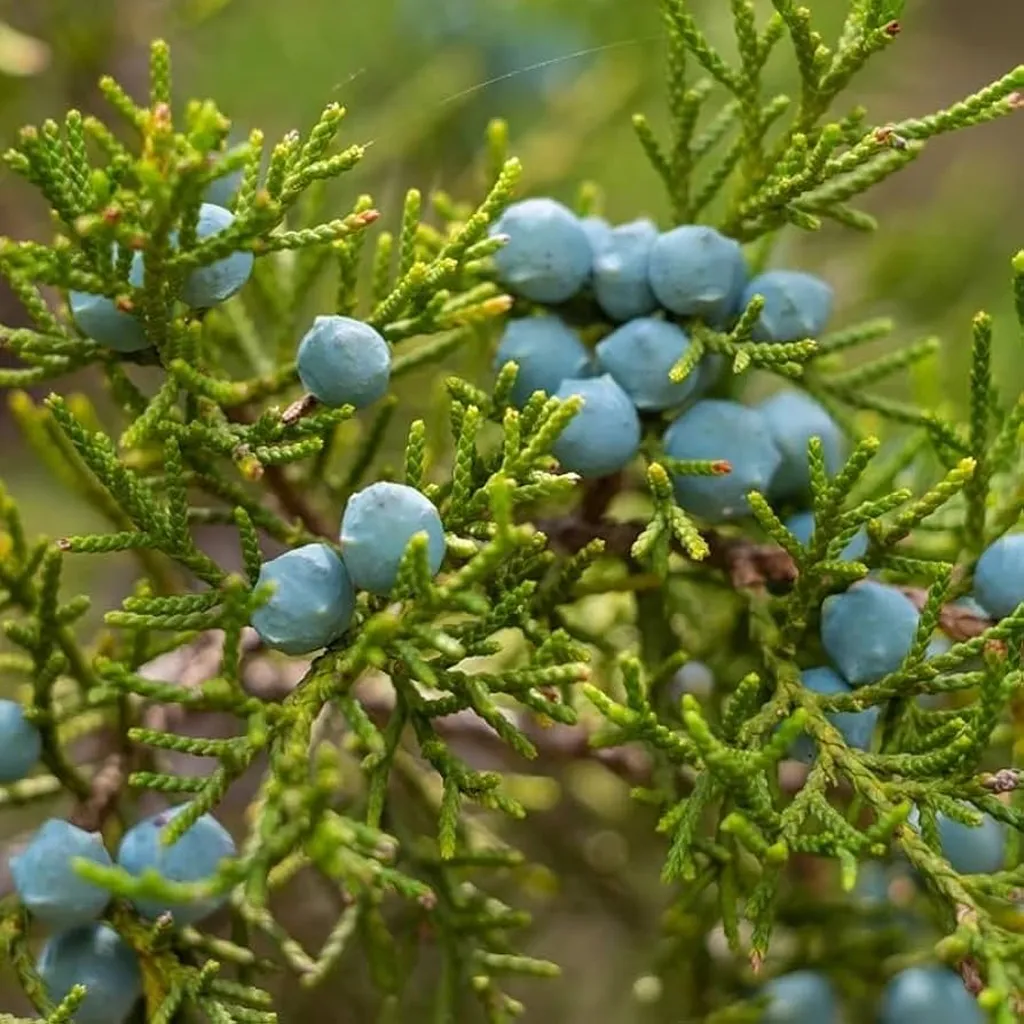In the rugged landscapes of northeastern Morocco, a silent battle for survival is being waged by the red juniper (Juniperus turbinata). This hardy species, known for its resilience, is now the subject of a groundbreaking study that could reshape conservation strategies and offer valuable insights for the energy sector. Led by Mehdi Boumediene from the Agricultural Production Improvement, Biotechnology and Environment Laboratory at the University of Mohammed Premier in Oujda, the research delves into the intricate dance between environment and genetics that shapes the red juniper’s form and future.
The study, published in *Scientific African* (which translates to *African Journal of Science*), examined three distinct populations of Juniperus turbinata, each adapting to different environmental conditions—littoral, semi-continental, and continental zones. The findings reveal a fascinating interplay of environmental pressures and genetic diversity that could have significant implications for conservation and commercial applications.
“Our results show that local environmental factors are the primary drivers of morphological variation, particularly in cones and seeds,” Boumediene explains. “This is crucial for understanding how these trees adapt and survive in different conditions.” The study found that cones from the littoral population were larger and rounder, while those from the semi-continental and continental populations were more elongated and robust. Seeds and leaves also exhibited variations linked to elevation and aridity, highlighting the adaptability of the species.
But the story doesn’t end with morphology. Genetic analysis using Simple Sequence Repeat (SSR) markers revealed moderate differentiation among populations, with the continental site boasting higher genetic diversity. “We identified two distinct genetic pools, with the littoral and continental populations clustering closely together,” Boumediene notes. This limited genetic differentiation suggests gene flow or shared ancestry, indicating that these populations might form a single genetic group despite geographical separation.
The implications of this research are far-reaching. For the energy sector, understanding the genetic and morphological adaptability of Juniperus turbinata could open doors to more resilient and sustainable bioenergy crops. As climate change continues to alter ecosystems, the ability to predict and harness the adaptability of such species becomes increasingly valuable. “These findings are essential for defining conservation strategies adapted to local populations of J. turbinata,” Boumediene emphasizes. “They also provide a roadmap for future research and commercial applications in the energy sector.”
The study’s insights could guide the development of more robust and adaptable bioenergy crops, ensuring a steady supply of renewable resources even as environmental conditions fluctuate. By understanding the genetic and morphological variability of Juniperus turbinata, researchers and industry professionals can work together to create more sustainable and resilient energy solutions.
As we face the challenges of a changing climate, studies like this one offer a beacon of hope. They remind us that nature’s resilience is a wellspring of innovation, waiting to be tapped. With the work of researchers like Mehdi Boumediene, we are one step closer to unlocking the full potential of our natural world, for the benefit of both conservation and commerce.

